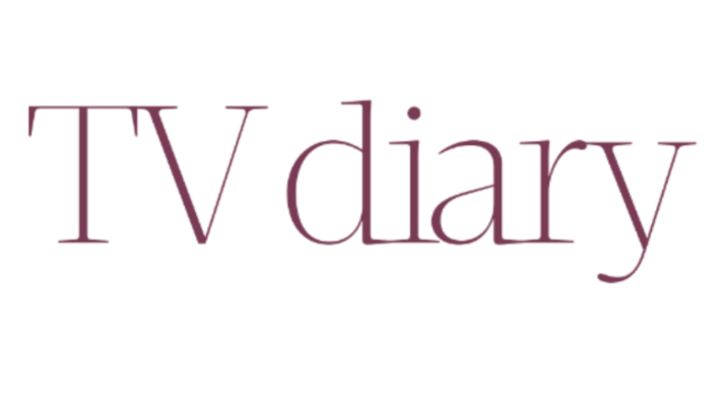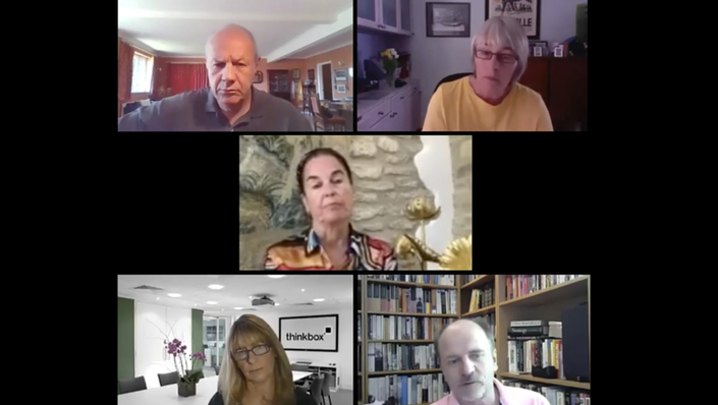Dr Charlie Easmon casts a sceptical eye at the TV pundits proffering their expertise during the pandemic
My idea of heaven is Monty Python’s Whicker’s World spoof, Whicker Island, where our hero wistfully waters whisky while wantonly waxing words with W. For me, hell would be a post-lockdown lock-in in a dodgy pub full of TV pundits.
Brexit and football have taught me not only to distrust these people, but to despise them as they fling unsubstantiated opinions around like the proverbial brown stuff hitting the fan. It is messy, unpleasant and the odour stays with you for ages.
Football managers are famous for having opinions on everything, but it took a steely German, responsible for guiding Liverpool to their crushing Premier League championship win, to bring some sense to the coronavirus pandemic.
The wise words of Jürgen Klopp should be on permanent loop in every town centre, as he told a journalist that his opinion did not matter and they should instead go and ask the experts.
However, history has shown us that everyone, from Mao Zedong to Michael Gove, can hate experts. Mao was a tad harsher than Gove and killed quite a few experts. Latterly, Gove has had to recant as he claimed the Government had been “following the science”.
In the eyes of many, that phrase has become to be synonymous with following the lead lemming off a cliff as tens of thousands of our fellow citizens and loved ones have died.
But who are the experts in this pandemic and how do they differ from pundits? Who gets wheeled out when, and whose voices get heard and whose get silenced?
Listening back to specialists in virology, infection, epidemiology and public health, these experts tend to fare well if they stick to what they know, but, like everyone else, start to look a tad less credible when asked to speculate. Doctors David Lipkin, Anthony Fauci and Peter Piot are all still much quoted on TV networks.
When they do appear on TV, experts are often shunted aside by a popular creature of modern fiction that the 19-year-old Mary Shelley would have recognised. The modern Frankenstein’s monster is the popular TV doctor who is made up of the following parts: a conventional level of attractiveness; well-groomed hair, if they have any; reassuring smile; and, finally, the ability as a generalist to comment on specialist subjects knowledgeably after hurriedly jotting down a few notes before going on air.
The US has Dr Phil and Dr Öz (judged to be as “reliable as the Wizard of Oz” by one commentator). One with no hair and the other with a legendary barnet. Both have come credibility croppers as the pandemic has rolled on. The great saying that, “You can fool some of the people some of the time, but you can’t fool all of the people all of the time”, is superbly reflected in the comments sections in YouTube. If you need a laugh in these troubled times, the sharp wit of some of these spears the interlocutors’ arrogance and some of it is, of course, plain old-fashioned mean.
Mad magazine has a gap-toothed cover star called Alfred E Neuman. Alfred’s satirical byline is: “What, me worry?”. But I have found it sad to see supposedly serious TV personality medics take this same approach, and often delivered in a patronising manner.
Many lessons can be learned from watching the World Health Organization’s first press conference on Covid-19. For such a large institution, it is strange that those involved appeared to have received such poor media training.
Dr Tedros Adhanom, the WHO’s Director-General, comes across as amiable but obsessed with trying to raise cash. He is the parish priest less interested in saving your damned soul than in saving the damned church roof.
Many experts disagreed with WHO consultant and former Imperial College academic Dr Maria Van Kerkhove’s 8 June comment that “it still seems to be rare that an asymptomatic person transmits onward to a secondary individual”. This was jumped on by doctors and those parts of the media that disliked the idea of social distancing.
‘There has been an overemphasis on “calm down, dear” science vs common sense’
“That has not aged well” is my favourite comment under a four-month-old YouTube clip from early February when there had been only 300 deaths worldwide. The video has not one but three medical experts talking on Al Jazeera’s Inside Story about the early stages of the pandemic. I suspect all three now wish it could be erased for ever. You can watch it here.
The culprits are in the public domain and so can be named. Dr Mark Parrish, who works for International SOS, praises China’s response to the crisis (“it’s been contained and managed very well”) and rebuts each sensible question posed by the journalist (one commentator says that Parrish treats every question “like a hostile witness”).
Professor Sanjaya Senanayake, an infectious diseases specialist based in Canberra, Australia, plays down the threat of coronavirus, while Dr Nicholas Thomas (in Hong Kong) aligns with groupthink, claiming: “There is not a lot to be worried about.”
Astute comments from the public on YouTube include the telling view that the “comments section is giving better information than the actual video”. Others observed: “I must be living in
a parallel universe to these experts!”; “I came here to get an update – these people obviously don’t have a clue”; and “They don’t build four hospitals in four days for flu”.
TV medics get wheeled in, dropped in, dumped and ultimately yanked off the media stage. Experts get as much right as they get wrong but, regrettably, few public-health or social-sciences experts are given decent airtime. The smarter members of the public can work things out for themselves.
Looking back on the past three months, there has been an overemphasis on “calm down, dear” science vs common sense. The public use of masks and face coverings is a good example. Of course, there was scant definitive scientific research on the use of these because no one had thought it important enough to conduct the studies.
That, however, doesn’t stop any sensible person working out that the fewer droplets you spread in the environment, the better the outcome for all concerned.
Experts and media-friendly doctors can give you some idea, but it is always best to get a range of views. From that, you can then try to work out what makes sense in any disease situation. No matter how adorable they seem
on TV, no one person is infallible, not even me.
Dr Charlie Easmon MBBS MRCP MSc Public Health DTM&H DOccMed is: medical director of Your Excellent Health Service; president of the International Association of Physicians for the Overseas Services (www.iapos.co.uk); co-founder of YEHS We Care; and co-founder of Global Health Action, Strategies & Solutions (www.ghass.co.uk).




